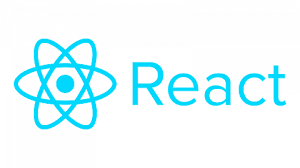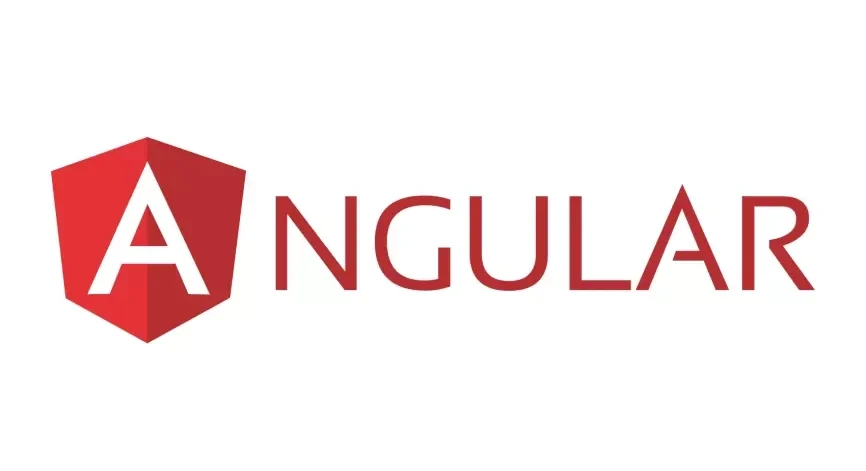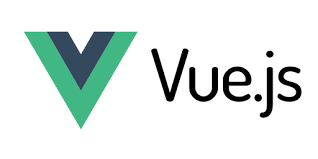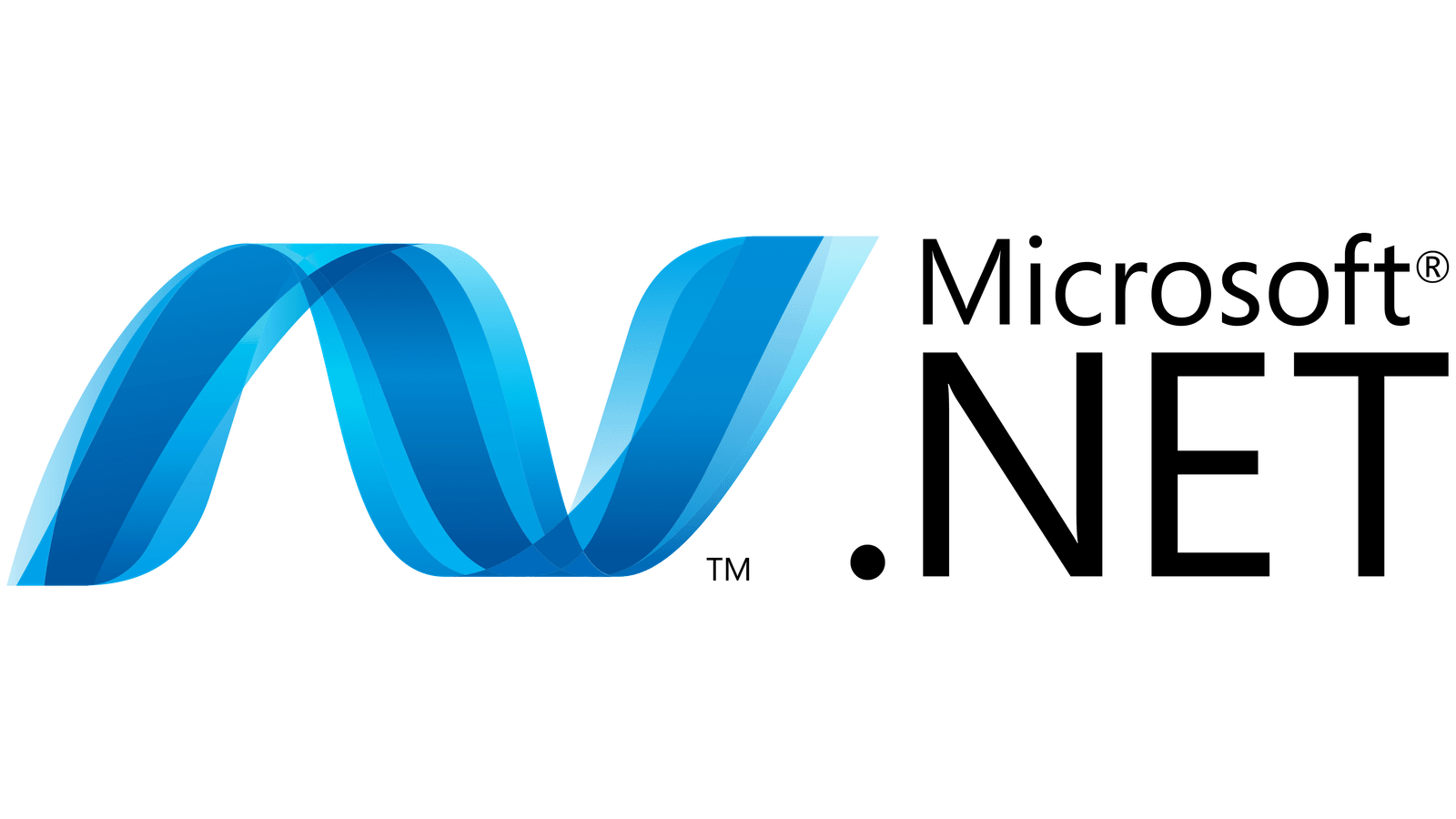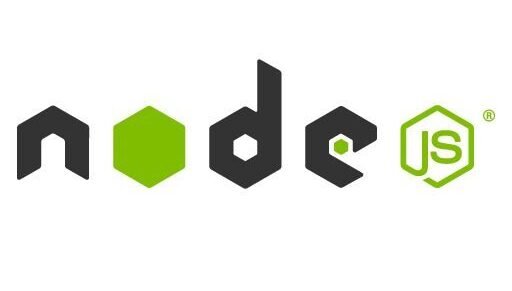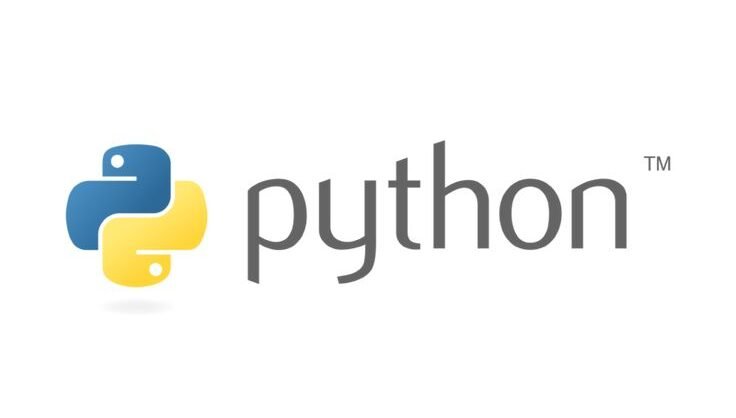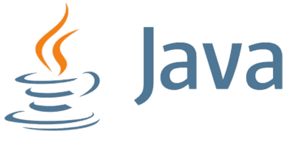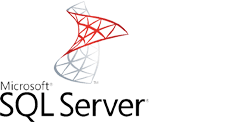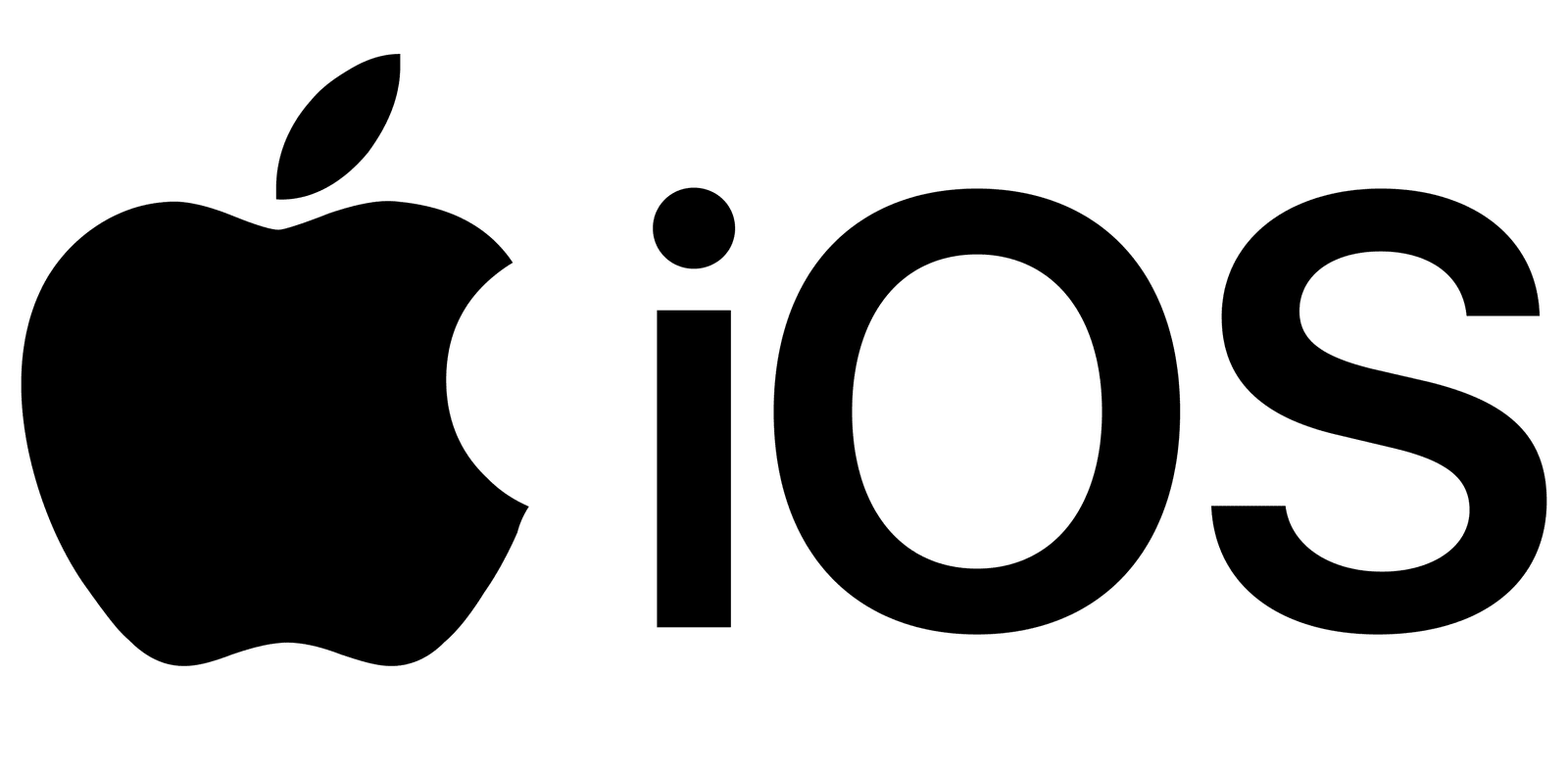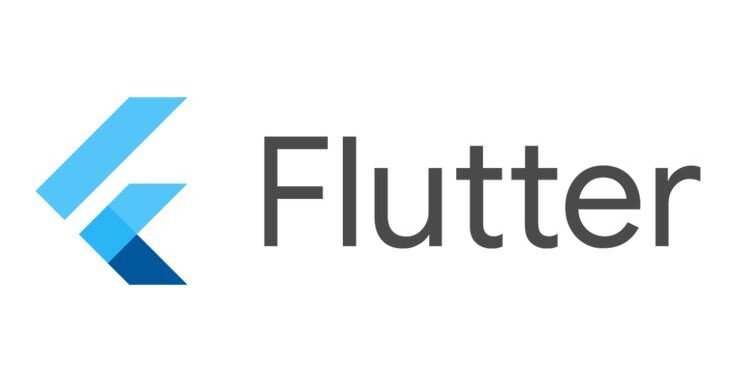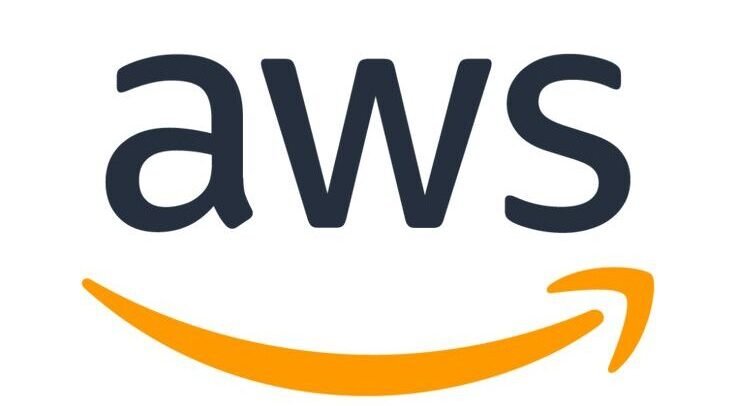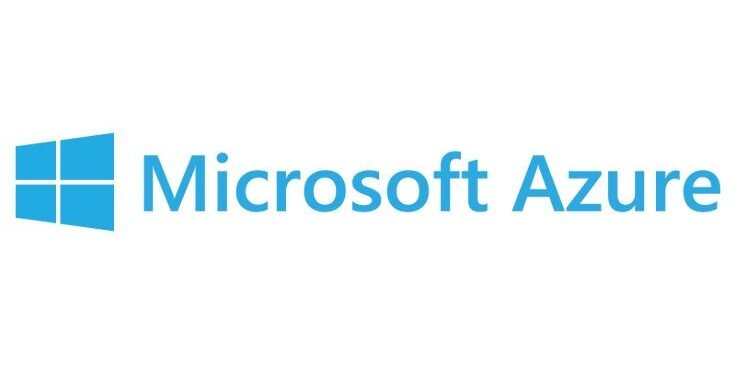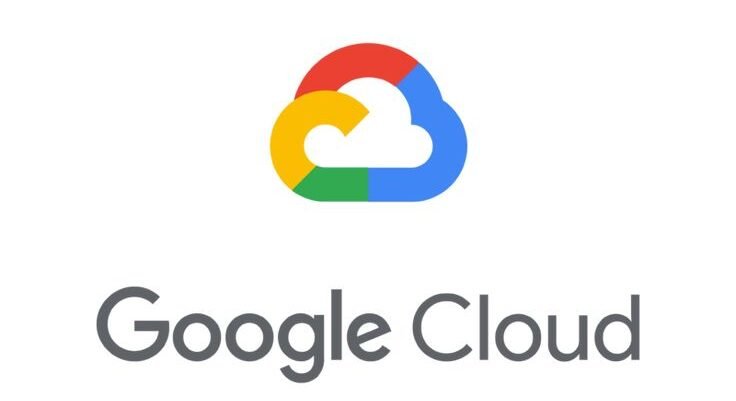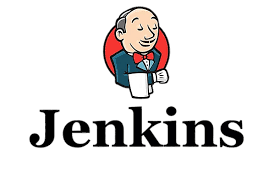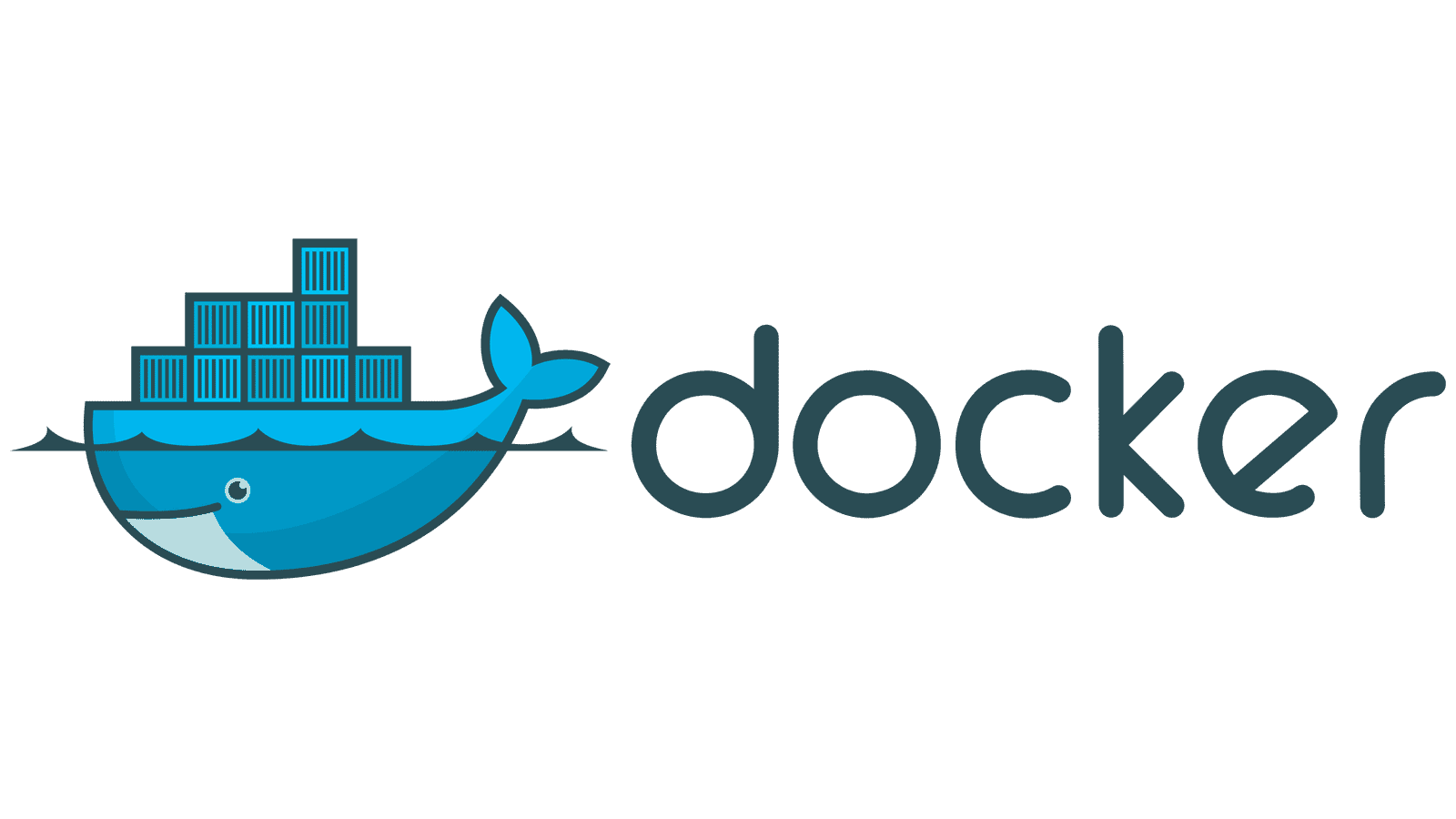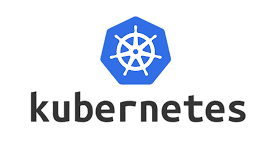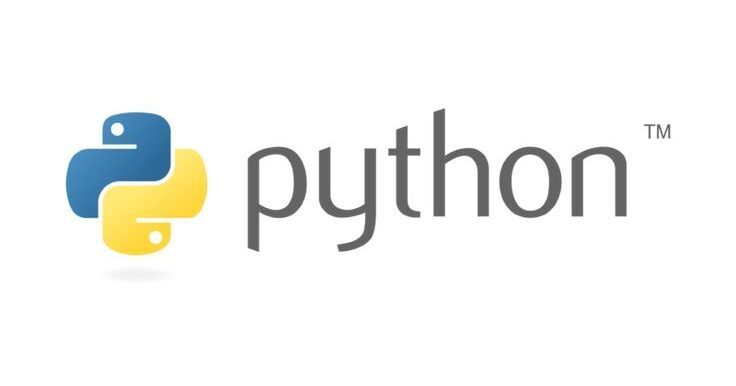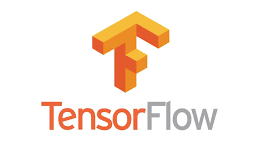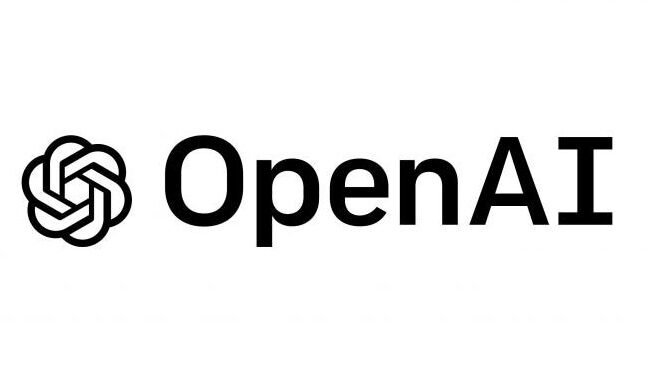Tech Stack
At Shulyn Technologies, we understand that the right tech stack is essential to delivering scalable, efficient, and high-performance software solutions. Whether it’s developing robust mobile apps, creating dynamic web solutions, or implementing cutting-edge IoT and AI-based applications, we carefully select the best tools and frameworks for each project.
By staying at the forefront of technological advancements, we provide seamless, secure, and customised solutions that are tailored to meet the unique challenges of your business. From backend systems to front-end user experiences, we ensure that every aspect of your solution is built to perform, scale, and adapt as your business evolves.

Here’s a look at the tools and technologies we use to bring your ideas to life:
1. Front-End Development
Component-Based Architecture: React uses a component-based structure, which allows developers to build reusable UI components, improving code maintainability and scalability.
Virtual DOM for Performance: React’s Virtual DOM efficiently updates only the parts of the page that need to be changed, optimizing rendering speed and overall performance.
Strong Community and Ecosystem: As one of the most popular front-end libraries, React has a large community and a rich ecosystem of third-party tools, libraries, and resources, making development faster and easier.
Declarative Syntax: React’s declarative syntax makes it easy to describe how the user interface should look based on different states, leading to more readable and manageable code.
Complete Framework: Angular is a comprehensive framework that provides an all-in-one solution for building large-scale applications, including routing, state management, forms handling, and HTTP client capabilities.
Two-Way Data Binding: Angular’s two-way data binding ensures that the model and the view are always in sync, making it easier to manage real-time updates and user input.
TypeScript Integration: Angular is built using TypeScript, which adds strong typing, improved tooling, and better error handling, helping developers catch issues early in development.
Dependency Injection: Angular’s built-in dependency injection system simplifies the management of services and components, making it easier to organize and maintain complex applications.
Progressive Framework: Vue is a progressive framework, meaning you can adopt it incrementally. It’s easy to integrate with existing projects or use as a full-fledged framework for large applications.
Simple Learning Curve: Vue’s simplicity and straightforward syntax make it easy for beginners to get started, while still offering advanced features for experienced developers.
Reactivity System: Vue’s reactive data-binding system ensures that changes to data automatically update the view, making it highly efficient for dynamic user interfaces.
Single-File Components: Vue allows developers to define components in a single file with HTML, CSS, and JavaScript, making the codebase more organized and easier to maintain.
2. Back-End Development
Cross-Platform Compatibility: With .NET Core, developers can build applications that run on multiple platforms, including Windows, Linux, and macOS, offering flexibility and wide compatibility.
Rich Ecosystem: .NET provides a comprehensive ecosystem, including libraries, frameworks (like ASP.NET for web development), and powerful tools like Visual Studio, making development easier and faster.
Language Support: .NET supports multiple programming languages, including C#, F#, and VB.NET, allowing developers to choose the most suitable language for their application.
Strong Performance and Scalability: .NET is known for its high-performance runtime and is widely used for building scalable enterprise applications, providing robust support for large-scale systems.
Asynchronous and Non-Blocking I/O: Node.js uses asynchronous, event-driven architecture, which makes it ideal for building high-performance, real-time applications, such as chat apps or live-streaming platforms.
Single Programming Language: Node.js allows developers to write both client-side and server-side code using JavaScript, simplifying development and reducing the need to switch between different languages.
NPM (Node Package Manager): Node.js boasts a vast ecosystem of open-source libraries and modules via npm, allowing developers to easily integrate third-party tools and speed up development.
Scalability: Node.js is highly scalable, particularly for building microservices and APIs, because of its lightweight and event-driven architecture, enabling it to handle a large number of simultaneous connections efficiently.
Readability and Simplicity: Python’s clean, readable syntax makes it an excellent choice for beginners and experienced developers alike. It promotes rapid development and easy maintenance of code.
Versatile and Multi-Purpose: Python is a versatile language used across multiple domains, including web development (with Django or Flask), data science (with Pandas, NumPy), machine learning (with TensorFlow, Keras), and more.
Extensive Libraries and Frameworks: Python has an extensive range of libraries and frameworks that simplify complex tasks, such as web development, scientific computing, and automation.
Cross-Platform: Python is cross-platform, allowing developers to run their applications across different operating systems without major changes to the codebase.
Write Once, Run Anywhere: Java’s “WORA” (Write Once, Run Anywhere) philosophy, supported by the Java Virtual Machine (JVM), ensures that Java applications can run on any platform without modification, making it highly portable.
Robust Ecosystem: Java has a rich ecosystem of libraries, tools, and frameworks (e.g., Spring, Hibernate) that support enterprise-level applications, web development, and mobile apps (with Android).
Object-Oriented: Java is a pure object-oriented language, which helps with structuring code, promoting code reusability, and making large applications more manageable.
Strong Community and Enterprise Adoption: With a vast community and broad enterprise adoption, Java remains a go-to language for building large-scale, mission-critical applications in industries like finance, healthcare, and e-commerce.
3. Databases
Enterprise-Grade Solution: SQL Server is a robust, high-performance relational database management system (RDBMS) used by large enterprises for mission-critical applications. It is known for its stability and comprehensive features.
Integrated Tools and Services: SQL Server provides a rich set of tools like SQL Server Management Studio (SSMS) for management and development, as well as integration with other Microsoft technologies such as Azure, Power BI, and .NET.
Advanced Security Features: SQL Server offers advanced security features such as data encryption, access controls, and auditing, ensuring the protection and integrity of your data.
Scalability and High Availability: With features like Always On Availability Groups, SQL Server is designed to handle high transaction volumes and large-scale databases, making it a reliable choice for enterprise applications.
Open-Source and Highly Extensible: PostgreSQL is an open-source, object-relational database system known for its extensibility. It supports custom data types, functions, and even languages for stored procedures, giving developers flexibility.
ACID-Compliant and Reliability: PostgreSQL is ACID-compliant (Atomicity, Consistency, Isolation, Durability), ensuring data integrity and reliability, making it an ideal choice for applications that require strong consistency.
Support for Complex Queries and Transactions: PostgreSQL is known for its powerful support for complex queries, joins, and multi-table transactions, making it a great choice for data-heavy applications that require complex reporting and analytics.
Cross-Platform Compatibility: PostgreSQL runs on multiple platforms, including Windows, Linux, and macOS, making it a versatile database option for developers working in different environments.
NoSQL and Document-Oriented: MongoDB is a NoSQL database that stores data in flexible, JSON-like documents, making it ideal for applications with unstructured or semi-structured data that doesn’t require a rigid schema.
Scalable and Flexible: MongoDB offers horizontal scalability and high availability through features like sharding and replication, allowing it to efficiently handle large datasets and high traffic applications.
Schema-Less Structure: MongoDB’s schema-less architecture allows developers to store data without needing to define a predefined schema, enabling faster development and easy modifications to data models.
Rich Querying and Aggregation: MongoDB provides powerful querying capabilities and an advanced aggregation framework, enabling developers to run complex queries, including filtering, sorting, and grouping, for flexible data retrieval.
Real-Time Database: Firebase’s real-time database and Firestore allow for real-time synchronization between clients, making it perfect for applications that need real-time updates, such as messaging apps or collaborative platforms.
Backend as a Service (BaaS): Firebase offers a range of backend services such as authentication, cloud storage, and serverless functions, allowing developers to build full-stack applications without managing their own servers.
Mobile-First Development: Firebase is optimized for mobile applications, providing powerful SDKs for both iOS and Android platforms. It also supports web and cross-platform development, offering scalability for various types of apps.
Integrated Analytics and Testing Tools: Firebase provides built-in tools for app analytics (Firebase Analytics), performance monitoring, crash reporting, A/B testing, and user engagement, helping developers improve user experience and app performance.
4. Mobile App Development
Large User Base: Android is the most widely used mobile operating system globally, which means apps developed for Android have access to a massive user base across a variety of devices, from smartphones to tablets and wearables.
Open Source: Android is an open-source platform, allowing developers to customize it to fit their needs. They can access the Android SDK and modify the operating system or use custom components to build unique apps.
Google Play Store: Android provides a direct distribution channel for apps via the Google Play Store, which is one of the largest app marketplaces in the world. This gives developers easy access to a global audience.
Wide Device Compatibility: Android supports a vast range of devices, including different screen sizes, hardware configurations, and budget levels. This flexibility allows apps to be used on everything from low-cost smartphones to premium devices.
High-Quality User Base: iOS is known for attracting users who spend more on apps and in-app purchases, providing developers with the opportunity to generate more revenue per user compared to other platforms.
Smooth Integration with Apple Ecosystem: iOS apps are tightly integrated with Apple’s ecosystem, including services like iCloud, Apple Pay, and Apple Watch. This ensures a seamless experience across Apple devices and services.
Optimized for Performance: Apple tightly controls both the hardware and software, ensuring that iOS devices are optimized for performance. This allows for smoother, more responsive applications with better resource management.
App Store and Strict Guidelines: The Apple App Store is known for its strict review process, ensuring that apps maintain high-quality standards. This can help developers build trust and credibility, although it requires adherence to Apple’s guidelines.
Cross-Platform Development: Flutter allows developers to write a single codebase and deploy it to both Android and iOS platforms, saving time and resources by eliminating the need to develop separate apps for each operating system.
Hot Reload: One of the standout features of Flutter is “Hot Reload,” which allows developers to instantly see changes made to the code without restarting the app. This significantly speeds up the development and debugging process.
High Performance with Native Compilation: Flutter compiles directly to native ARM code, which allows it to achieve high performance similar to native apps. This ensures that apps built with Flutter run smoothly across both Android and iOS devices.
Customizable Widgets and UI: Flutter comes with a rich set of highly customizable widgets that enable developers to create beautiful and responsive UIs. It allows complete control over the look and feel of the app, delivering a native-like experience on both platforms.
5. Cloud Infrastructures
Market Leader and Extensive Service Offering: AWS is the largest and most widely adopted cloud platform globally, offering an extensive range of services across compute, storage, databases, networking, AI/ML, analytics, and more, making it suitable for all types of workloads.
Scalability and Flexibility: AWS provides robust scalability options, allowing businesses to quickly scale resources up or down based on demand. This flexibility makes it a strong choice for both small startups and large enterprises.
Global Reach: AWS has the largest global infrastructure, with data centers in multiple regions and availability zones across the world. This ensures low latency and high availability for customers, regardless of their location.
Strong Security and Compliance: AWS offers a highly secure cloud environment with built-in features such as encryption, identity and access management (IAM), and compliance certifications (HIPAA, GDPR, SOC 2) to help businesses meet regulatory requirements.
Integration with Microsoft Products: Azure is particularly strong for businesses that rely heavily on Microsoft products, such as Windows Server, Active Directory, Office 365, and SQL Server. Azure offers seamless integration with these tools, creating a unified ecosystem for organizations.
Hybrid Cloud Capabilities: Azure is known for its hybrid cloud capabilities, enabling businesses to run both on-premises and cloud-based solutions. With services like Azure Stack, companies can seamlessly integrate and manage their on-premises and cloud infrastructure.
Enterprise-Grade Solutions: Azure offers a wide array of enterprise-focused services, making it ideal for large-scale businesses. It includes powerful tools for virtualization, AI, DevOps, and big data, along with strong support for enterprise applications like SAP and Oracle.
AI and Machine Learning: Azure provides robust AI and machine learning tools, including Azure Machine Learning, Cognitive Services, and the Azure AI Platform, helping developers build intelligent applications with minimal effort.
Data Analytics and Big Data Capabilities: GCP excels in data analytics, offering tools like BigQuery (for fast data querying), Dataflow, and Pub/Sub. It’s an excellent choice for businesses that need to process, analyze, and extract insights from large datasets.
AI and Machine Learning: Google Cloud is known for its AI and machine learning services, leveraging Google’s powerful frameworks and tools like TensorFlow, Vertex AI, and AutoML. It allows developers to easily integrate AI into their applications.
Cost Efficiency and Pay-as-You-Go Model: Google Cloud offers competitive pricing, including sustained-use discounts and custom pricing options, making it an attractive option for businesses looking to optimize cloud costs.
Strong Networking and Infrastructure: GCP benefits from Google’s extensive global network infrastructure, which powers its services. This ensures high performance, low latency, and robust reliability for applications and services that require fast and secure networking.
6. DevOps & CI/CD
Continuous Integration and Continuous Delivery (CI/CD): Jenkins is an open-source automation server that is primarily used for CI/CD. It helps automate the process of building, testing, and deploying applications, enabling rapid development and reducing manual effort.
Extensibility and Plugins: Jenkins supports a wide range of plugins (over 1,500), which makes it highly customizable. This extensibility allows you to integrate Jenkins with various tools, including version control systems, build tools, and cloud platforms.
Easy Setup and Configuration: Jenkins is easy to install and configure, with a simple web interface and extensive documentation. It supports a wide variety of operating systems and programming languages, making it ideal for diverse development environments.
Distributed Builds and Scalability: Jenkins supports distributed builds, enabling developers to scale their CI/CD pipelines across multiple machines and environments. This capability ensures faster execution and improves the efficiency of large-scale projects.
Containerization: Docker enables containerization, which allows developers to package applications and their dependencies into containers. This ensures that applications run consistently across different environments (development, testing, production).
Portability and Consistency: Docker containers can run on any platform that supports Docker, providing a consistent runtime environment. This makes it easier to move applications across different environments without worrying about configuration inconsistencies.
Efficiency and Isolation: Docker containers share the host OS kernel but run in isolated environments, making them more lightweight and efficient than traditional virtual machines. They also ensure better isolation, which reduces conflicts between different applications running on the same system.
Easy Integration with CI/CD: Docker integrates seamlessly with CI/CD pipelines, enabling efficient build, test, and deployment processes. It helps automate the deployment of microservices, making Docker an essential tool in modern DevOps practices.
Container Orchestration: Kubernetes is an open-source container orchestration platform that automates the deployment, scaling, and management of containerized applications. It helps manage large-scale applications and services with ease, ensuring high availability and reliability.
Auto-Scaling and Load Balancing: Kubernetes offers features like automatic scaling (horizontal scaling) and load balancing. It can scale applications based on resource demands and evenly distribute traffic across instances, improving performance and reliability.
Self-Healing and Fault Tolerance: Kubernetes ensures that applications are always running as expected. It automatically replaces failed containers, restarts crashed ones, and manages replicas to ensure high availability and fault tolerance.
Multi-Cloud and Hybrid Cloud Support: Kubernetes works across different cloud providers and on-premises environments, offering flexibility to run applications in a multi-cloud or hybrid cloud setup. This allows organizations to avoid vendor lock-in and gives them the ability to choose the best environment for their needs.
7. AI & ML
Ease of Learning and Readability: Python is known for its simple, readable syntax, which makes it an excellent choice for beginners as well as experienced developers. Its clear structure allows for fast development and easier code maintenance.
Versatility: Python is a general-purpose programming language used in many fields, including web development, data analysis, machine learning, artificial intelligence, automation, and more. Its flexibility allows developers to apply it across various domains and industries.
Extensive Libraries and Frameworks: Python boasts a rich ecosystem of libraries and frameworks, including NumPy, Pandas, Django, Flask, and Matplotlib, which enable developers to quickly implement solutions for a variety of tasks, from data manipulation to web applications and visualization.
Strong Community Support: Python has a large, active community of developers, which makes it easy to find resources, tutorials, and solutions to problems. This community support is especially valuable for troubleshooting and learning new skills.
Open-Source Deep Learning Framework: TensorFlow is an open-source library developed by Google that is widely used for building machine learning and deep learning models. It provides a flexible and efficient way to develop and deploy AI models, especially for tasks like image recognition, natural language processing, and speech recognition.
Scalability and High Performance: TensorFlow is designed to scale across various platforms, from small devices to large-scale distributed systems. It supports training and inference on CPUs, GPUs, and TPUs, ensuring high performance for large models and datasets.
TensorFlow Ecosystem: TensorFlow offers a comprehensive ecosystem of tools, including TensorFlow Lite for mobile devices, TensorFlow.js for in-browser execution, and TensorFlow Hub for reusable modules. This makes it easier to integrate machine learning into different platforms and use cases.
Keras Integration for Simplified Development: TensorFlow integrates seamlessly with Keras, a high-level API that simplifies the process of building and training deep learning models. This integration helps developers quickly prototype and deploy models without needing to manage low-level details.
AI Research and Innovation: OpenAI is a research organization and technology company that focuses on developing and promoting friendly AI. It is behind several groundbreaking AI models, including GPT (Generative Pretrained Transformer) for natural language understanding and DALL·E for image generation.
Natural Language Processing (NLP): OpenAI’s models, such as GPT-3, have revolutionized NLP by achieving state-of-the-art performance in tasks like text generation, translation, summarization, and question-answering, making them highly effective for chatbots, content creation, and more.
Collaborative AI and Ethics: OpenAI is committed to ensuring that AI benefits all of humanity. It actively works on developing safe, ethical AI systems and collaborates with various industries to ensure that AI technologies are used responsibly.
Scalable API for Developers: OpenAI provides APIs for developers to easily integrate its AI models into applications. With these APIs, developers can access cutting-edge AI capabilities without needing to train models from scratch, enabling them to build intelligent applications quickly.

